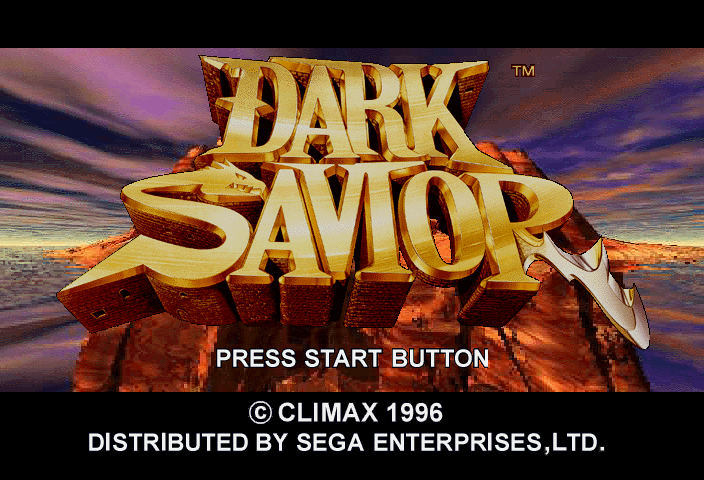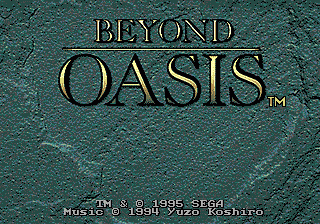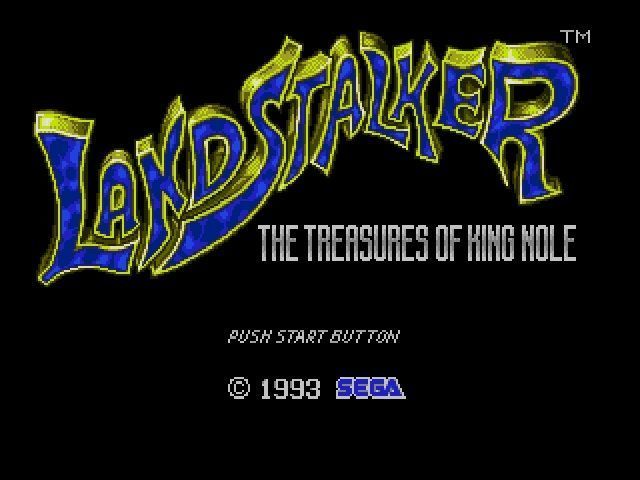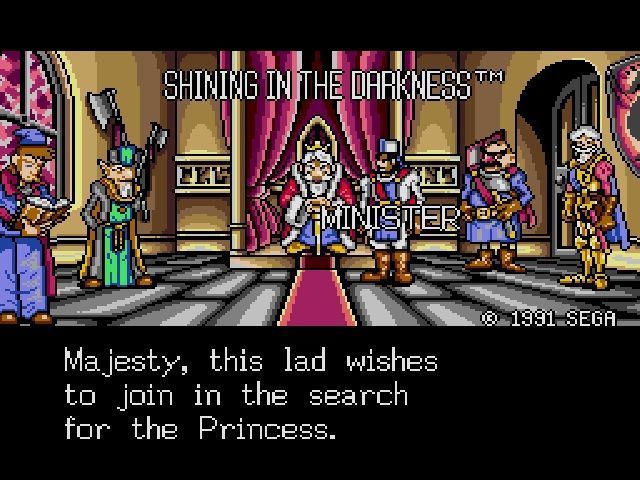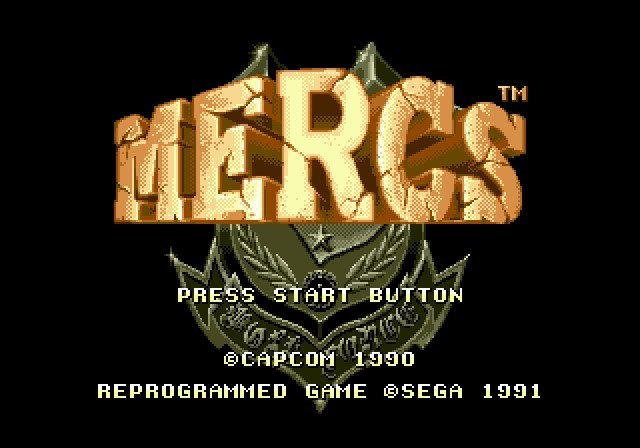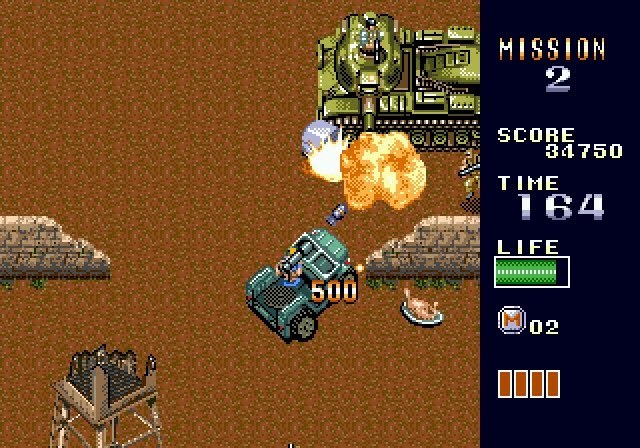The Legend of Oasis: SEGA Saturn Spotlight #2
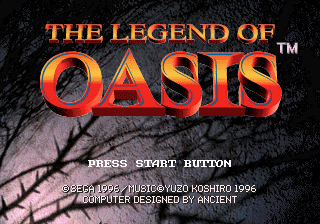
Original Release Date: April 26, 1996
Original Hardware: SEGA Saturn
Developer/Publisher: Ancient/SEGA
During SEGA’s tenure as a console manufacturer, they often found themselves trying to counter-program the biggest hits on rival consoles, often to mixed results. For every Streets of Rage and Sonic the Hedgehog, there was an Eternal Champions and Kid Chameleon. Not that those games were without merit, but they weren’t up to the task of convincing people they didn’t need Street Fighter 2 and Super Mario World. One game SEGA was constantly trying to find an answer for was The Legend of Zelda. It makes sense, as it has always been one of Nintendo’s top brands, a real system-seller any hardware company would dream of having in their line-up. SEGA developed and/or published a bunch of great action-RPGs and action-adventure games, but none of them fared well enough in the market to fit SEGA’s needs.
The most successful of the lot was probably Beyond Oasis, a 1994 SEGA Genesis title developed by Ancient. It’s a gorgeous top-down action-adventure game with a nice mix of surprisingly deep combat and interesting puzzles. Its Arabian Nights feel capitalized nicely on the wave of popularity for such settings in the wake of Disney’s Aladdin, while also helping it feel distinct from the countless games in the genre that adopted more generic Western fantasy stylings. Unlike most of SEGA’s other efforts in this respect, Beyond Oasis didn’t look like it was desperately chasing Zelda. It had its own style and flair, something I’m sure the audience picked up on.

As usual, let’s give a brief overview of the game’s developer. Ancient was founded in 1990 by Tomo Koshiro, the mother of famed video game composer Yuzo Koshiro. After working with SEGA on the soundtrack for Revenge of Shinobi, Yuzo Koshiro pitched the idea of developing games to SEGA. The company had big ambitions for their upcoming Genesis game Sonic the Hedgehog, and wanted a version of the game for their other active hardware platforms, the Master System and Game Gear. Either SEGA was thin on choices or Koshiro’s charm convinced them, as they ended up assigning the job of developing the 8-bit Sonic to a 22-year-old musician. Yuzo Koshiro needed a company to make a contract with SEGA, however, and thus Ancient was born. Mainly a family affair, Ancient not only counts Yuzo Koshiro’s mother among its tiny staff, but also his sister, Ayano.
Ancient’s name pops up frequently in game credits, but mostly due to Yuzo’s work as a composer. Still, they’ve managed to put out a number of games over the years. Besides the subject of this article and its predecessor, Ancient also worked on games like Streets of Rage 2, Robotrek, Car Battler Joe, and the superb Gotta Protectors. Ancient’s small size has helped it survive some very hostile periods in the gaming business and should ensure that we will be seeing their name appear in games for a long time to come. To be honest, I find most of Ancient’s games to be a little bland. They’re never bad, mind you, but aside from the music, they seem to be missing a certain spark. Nevertheless, they developed one of the greatest beat-em-ups in gaming history, so I’m willing to forgive many of Ancient’s shortcomings.
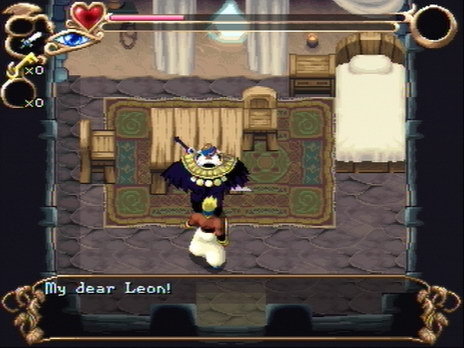
Before I go any further, I’m going to dedicate a paragraph to names. I’m using the American titles for both of these games, but they went by different names in each major region. In Japan, the first game was The Story of Thor: Heir of the Light. In Europe, they went for a straight translation and called it The Story of Thor: A Successor of The Light. I’m not sure why SEGA of America felt the need to rename it Beyond Oasis, but it might have been to avoid confusion with Marvel’s version of Thor. At the time he was barely known outside of America, and even in America, best-known for being the superhero the kid from Adventures in Babysitting was imitating. Still, better safe than sorry. Anyway, the second game’s title in Japan was Thor: The Legend of the Spirit King. In Europe, it was The Story of Thor 2. In America, SEGA kept the Oasis connection going with the title The Legend of Oasis. And now we’re all confused!
After the success of Beyond Oasis, Ancient decided to follow it up for their next project. In the early stages, the game’s title was Legend of Thor, and it was planned to release on SEGA’s ill-fated 32X add-on for the Genesis. I can’t even begin to imagine why. Fortunately, they soon scrapped that idea and got to work on making something for the SEGA Saturn instead. The Saturn was something of a 2D powerhouse, which meant that as good as Beyond Oasis had looked, the follow-up would really be able to turn some heads. Or at least, it might have if the majority of the active gaming population at the time hadn’t gone ga-ga for polygons. Timing is everything, I suppose.

In any case, the development of The Legend of Oasis was relatively painless compared to some other Saturn projects, and the game shipped more-or-less on schedule in early 1996 in Japan and late 1996 in the rest of the world. Sadly, like most Saturn games, The Legend of Oasis didn’t sell very well worldwide. With much of the success of Beyond Oasis coming from outside of Japan, the Saturn’s weak status overseas did no favors to games like this one. Oasis was really swimming against the current, too. As I’ve mentioned, 2D games were not seen in a very good light during the 32-bit generation of consoles, which is funny because they’ve certainly aged better than the blocky polygonal graphics of most of that era’s 3D games.
Looking past the visuals, it’s perhaps less surprising that The Legend of Oasis didn’t hit as big as its predecessor. On a fundamental level, it’s just too similar to the first game. The majority of the powers you earn are the same and tend to be applied in similar ways. There’s one new weapon, but it’s not a very exciting one. Playing the game feels like you’re going through the same motions from Beyond Oasis, but without any of the shiny novelty that helped that game stand out. It’s not bad, and it’s just loose enough with its physics and level designs that you can cobble together some really interesting solutions to problems. But there is a genuine been-there, done-that feeling to the game that never quite goes away.

A prequel to the first game, it has the main character doing basically the same things that the character in the original did. This time around, our hero is given the Gold Armlet rather than just finding it, but you’ll need to go around and collect each of the spirits one-by-one just the same. Each spirit has an assortment of abilities you can use to solve puzzles or to help in more general situations. While there are some new abilities and applications for the returning spirits, you’ll find yourself using them in familiar ways. The Zelda games have shown that returning items can work, but you really have to be clever about making the puzzles feel unique and interesting if you take that route. The Legend of Oasis also adds a couple of totally new spirits, but they’re mainly used to solve specific puzzles. They’re weird-looking keys, in other words.
The steady balance between action and puzzles has been disturbed somewhat, too. The Legend of Oasis tilts more in the direction of the puzzle-solving and platforming at the expense of combat. For all of the moves that hero Leon has at his disposal, you can get through most battles with his basic jump kick. It even works well on many of the bosses. The command-based, Street Fighter-style special moves make a return, but they’re not all that useful beyond using them to knock down specific obstacles and such.
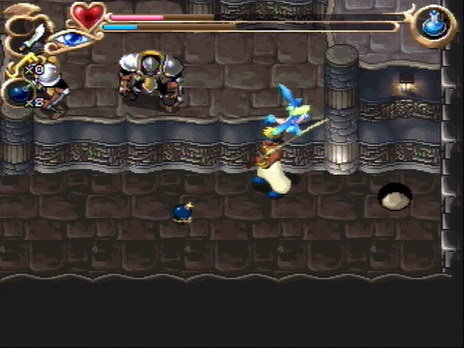
Like the first game, The Legend of Oasis is pretty easy once you know how to solve the puzzles, and even those aren’t too tough. I’m of two minds when it comes to the platforming. While it’s not as rough as Dark Savior, the camera perspective makes some of the jumps a real pain. Worse still, if you fall down, you usually land in another location. You then need to make your way back to wherever you were, which is a tremendous waste of time for misjudging the depth of a platform. On the other hand, I like that you can cheat a lot of the platforming with your various moves and the objects in the environment. It’s very organic, especially for a game of this era.
Another balance disturbed is that between the dungeons and the overworld. You spend very little time outside of dungeons in The Legend of Oasis, and there’s not a lot to discover in those rare moments. I can’t put my finger on why, exactly, but it makes the game feel more artificial and claustrophobic compared to its Genesis fore bearer. Some changes are for the better, however. In Beyond Oasis, every weapon you could get had a limited number of uses before it would break. Weapon-breaking systems are always controversial, and it’s an especially big gamble if the game isn’t transparent about how close the item in question is to being broken. You don’t have to worry about that in this game, as your weapons will survive any number of uses. It could be argued that The Legend of Oasis doesn’t need anything to make it easier than it already is, but there are right ways and wrong ways of adding challenge to a game. Kudos to Ancient for realizing that their previous weapon system was one of the wrong ones.

Storywise, the game is fine. Nothing great, and Leon is as blank a slate as you’re ever going to see in a game. But it does have some twists and turns, and being a prequel, there are certain things it needs to explain to set up the state that the world is in during the events of Beyond Oasis. It handles those aspects fairly well, even if you’ll probably see them coming from a mile away. So yes, it’s alright. Unlike Dark Savior, the narrative here isn’t good enough to excuse the game’s flaws, but then again, it has fewer of those to wallpaper over. Rather than being a complex beast of mixed qualities, The Legend of Oasis is just flat, solid, and largely unexciting. It rarely embarrasses itself, but in pursuit of that inoffensiveness, it never really tries for anything interesting, either.
If there’s one place where it does rise above expectations, it’s in the presentation. The art and character design by Ayano Koshiro is excellent, and the game does a fantastic job of presenting her work. Things sometimes get a little pixelated when scaling occurs, but that’s reasonable, I think. Yuzo Koshiro’s soundtrack is quite unusual, however. His music often steals the show in games, but here it’s almost understated. The soundtrack is frequently quiet, even going to silence at times. The classic Kojiro riffs are nowhere to be found. Yet it’s oddly compelling, this mysterious soundtrack that sounds very little like Koshiro’s other work.
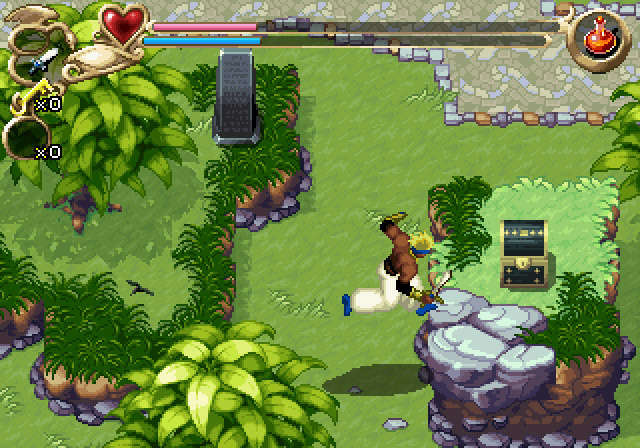
I guess what it comes down to is this: the Oasis series was too young to be coasting along like this game does. Had the brand been well-established, no one would blink an eye at a lore-expanding retread like The Legend of Oasis, but Ancient really needed to do something more exciting to properly take advantage of the momentum built by the first game. The Legend of Oasis is a decent enough game, and if you like action-RPGs or Zelda-style games, I’d certainly encourage you to give it a go. But I think even if the Saturn were in a better place, even if 2D graphics weren’t at their lowest period in terms of public perception, The Legend of Oasis probably wouldn’t have made much of a splash. It’s just too safe. That’s not something you can say about a lot of Saturn RPGs, but here we are.
The Oasis series would never be seen again after this, though Beyond Oasis has enjoyed a healthy retirement via re-releases on various Genesis collections and through Nintendo’s Virtual Console service. Unfortunately, The Legend of Oasis seems relegated to the bins of history, like almost every Saturn exclusive. Maybe one day SEGA will give the system some love in their frequent trips to the retro re-release well, and if they do, I could see The Legend of Oasis being a welcome part of that.
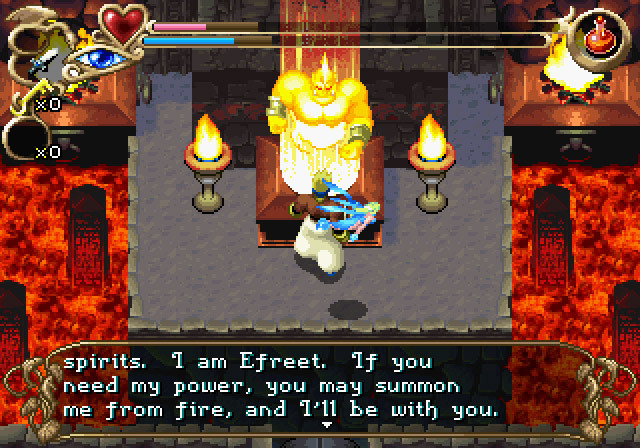
If you enjoyed reading this article and can’t wait to get more, consider subscribing to the Post Game Content Patreon. Just $1/month gets you early access to articles like this one, exclusive extra posts, and my undying thanks.

